Articles > Geography
Ready to challenge the World Longest Rivers quiz? Here are the top 10 to get you started.
1. Nile – 6,650 km

The Nile is often celebrated as the longest river in the world, stretching about 6,650 kilometers across northeastern Africa. It flows primarily through Uganda, Sudan, and Egypt, where it has historically been essential for agriculture, drinking water, and transportation. The river has two major tributaries: the White Nile, originating from Lake Victoria, and the Blue Nile, beginning in Ethiopia. These tributaries meet at Khartoum in Sudan, merging to form the main Nile. The river ends at the Mediterranean Sea, creating the fertile Nile Delta. The Nile is central to Egyptian civilization and has supported human life for thousands of years.
2. Amazon – 6,400 km
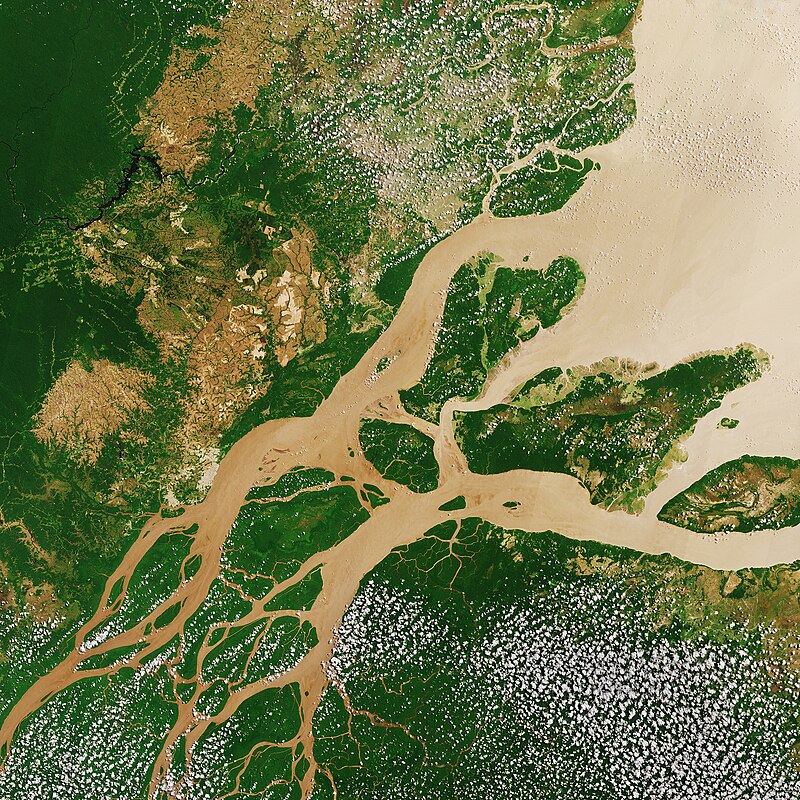
The Amazon River, with a length of approximately 6,400 kilometers, is the second-longest river in the world and the largest by volume. Originating in the Andes Mountains of Peru, it flows eastward across Brazil and discharges into the Atlantic Ocean. The Amazon Basin is known for its vast and dense rainforests, which host diverse ecosystems and wildlife, including unique species like jaguars, pink river dolphins, and anaconda snakes. The river plays a critical role in regulating the Earth’s climate and produces a significant amount of the planet’s oxygen, earning it the nickname “The Lungs of the Earth.”
3. Yangtze – 6,300 km
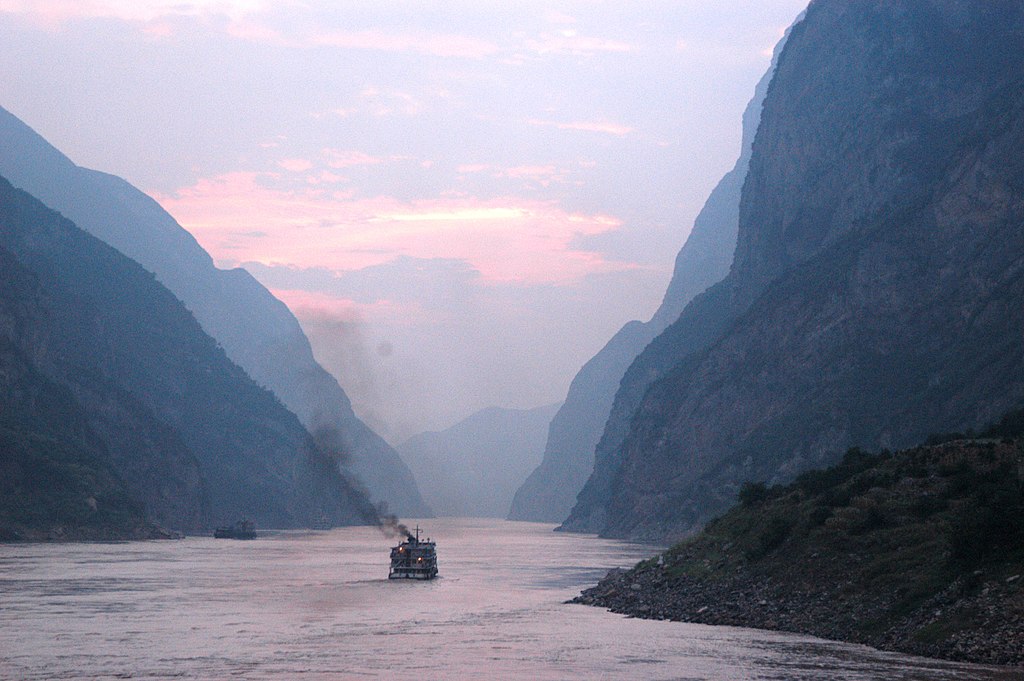
China’s Yangtze River is the third-longest river globally, extending 6,300 kilometers from its source on the Tibetan Plateau to the East China Sea near Shanghai. The Yangtze is vital to China’s economy, providing water for agriculture, industry, and urban areas. It is home to the Three Gorges Dam, the world’s largest hydroelectric power station. The river also holds cultural and historical importance, with cities like Wuhan, Nanjing, and Chongqing located along its banks. However, pollution and habitat loss threaten its ecosystems, including the endangered Yangtze River dolphin.
4. Mississippi-Missouri-Jefferson – 6,275 km

The combined Mississippi-Missouri-Jefferson river system in the United States spans approximately 6,275 kilometers, making it the fourth-longest river system. Starting from the Jefferson River in Montana, it flows into the Missouri River, which then joins the Mississippi River, eventually reaching the Gulf of Mexico. The system drains much of North America, covering a massive basin that supports diverse ecosystems. Historically, the river system was crucial for Native American societies and later played an essential role in U.S. westward expansion. Today, it remains vital for trade, agriculture, and wildlife in the central U.S.
5. Yenisei-Angara-Selenge – 5,539 km
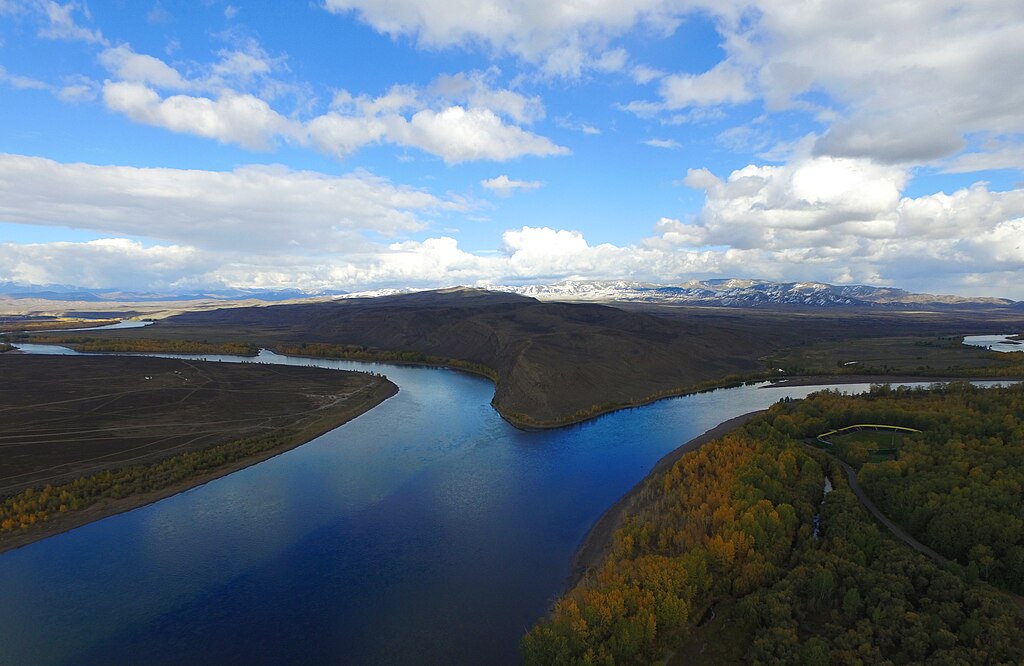
Flowing through Mongolia and Russia, the Yenisei-Angara-Selenge river system is 5,539 kilometers long. The river originates in Mongolia as the Selenge River, which flows into Lake Baikal, the world’s deepest freshwater lake. The river exits as the Angara River, merging with the Yenisei, which flows northward to the Kara Sea in the Arctic Ocean. This river system is a critical part of Siberian ecosystems and provides hydroelectric power, supporting cities like Krasnoyarsk and Irkutsk. The Yenisei River also holds cultural significance for indigenous Siberian communities.
6. Yellow River – 5,464 km

The Yellow River, or Huang He, is China’s second-longest river, running 5,464 kilometers. Known as “China’s Sorrow” for its devastating floods, it originates on the Bayan Har Mountains in Qinghai province, flowing through nine provinces before emptying into the Bohai Sea. The Yellow River Basin is a historical cradle of Chinese civilization, supporting ancient agricultural societies. However, excessive water use and pollution have stressed the river, impacting agricultural productivity. Efforts are ongoing to manage its flow and protect the river’s ecosystems, which are vital to millions of people.
7. Ob-Irtysh – 5,410 km

The Ob-Irtysh river system, at about 5,410 kilometers, is one of the longest in Asia, traversing Russia, Kazakhstan, and China. The river starts as the Irtysh in the Altai Mountains, flowing into Russia, where it becomes the Ob and eventually reaches the Gulf of Ob in the Arctic Ocean. The river system plays a significant role in Siberian agriculture and provides a crucial waterway for regional transport. The Ob-Irtysh Basin also supports various ecosystems, including taiga forests and tundra, making it vital for local biodiversity.
8. Paraná-Río de la Plata – 4,880 km
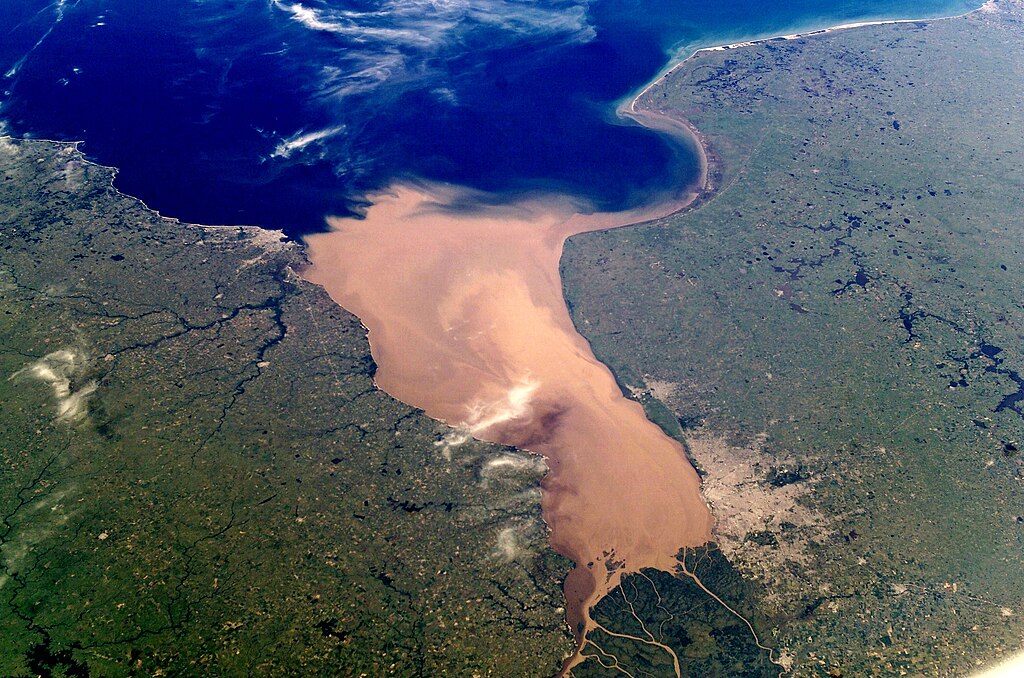
The Paraná-Río de la Plata river system is South America’s second-longest, flowing for about 4,880 kilometers. Starting in Brazil, the Paraná River flows through Paraguay and Argentina, joining the Río de la Plata before reaching the Atlantic Ocean near Buenos Aires. The river is crucial for hydroelectric power, with dams like Itaipu generating electricity for Brazil and Paraguay. It also supports agriculture, fisheries, and transportation. However, deforestation and pollution pose risks to the river’s ecosystems, which include unique species like the Paraná River dolphin.
9. Congo-Chambeshi – 4,700 km
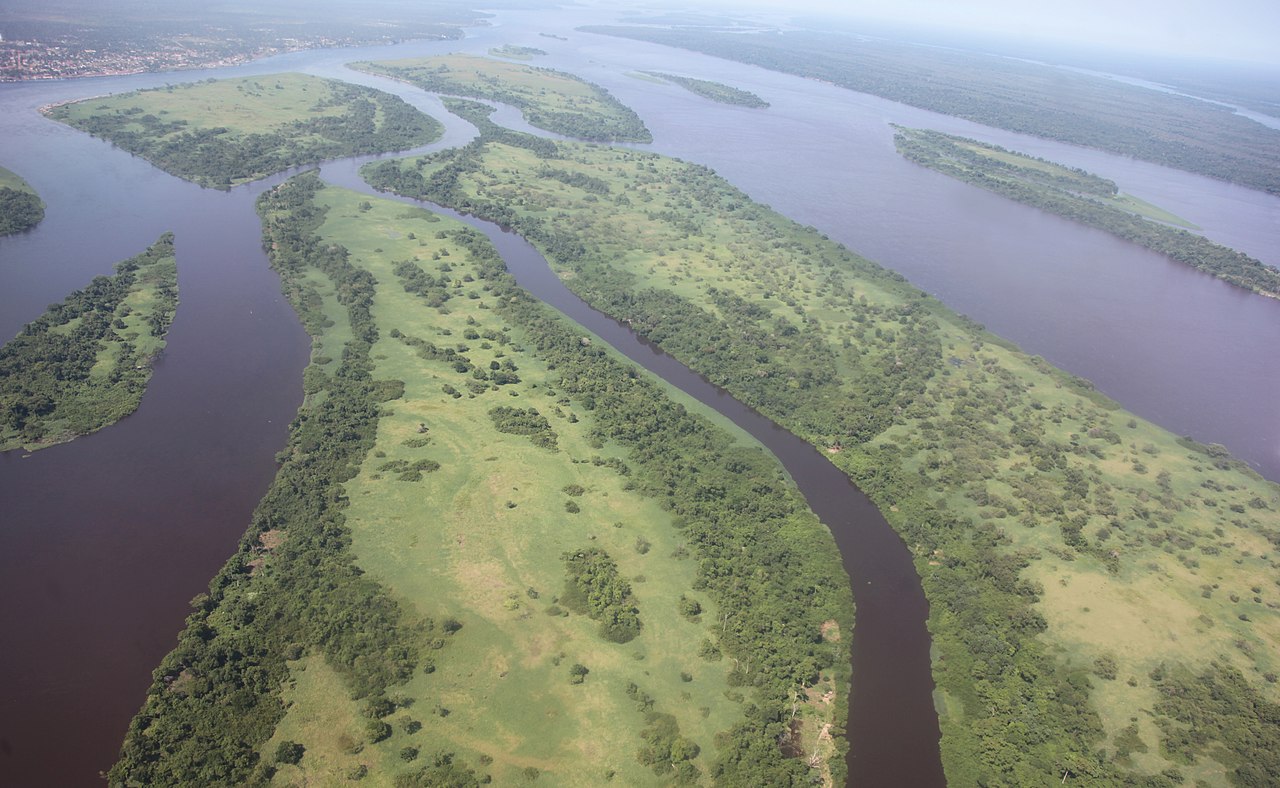
The Congo-Chambeshi river system, spanning 4,700 kilometers, is Africa’s second-longest river. Originating as the Chambeshi River in Zambia, it flows through the Congo rainforest and empties into the Atlantic Ocean. The Congo River is unique for its massive volume and depth, which support diverse aquatic life, including fish and rare species like the Congo River elephant fish. The river is central to the Central African economy and is a lifeline for local communities, providing water, transportation, and energy. The river’s biodiversity-rich basin is also a global treasure, with extensive rainforests.
10. Amur-Argun – 4,444 km
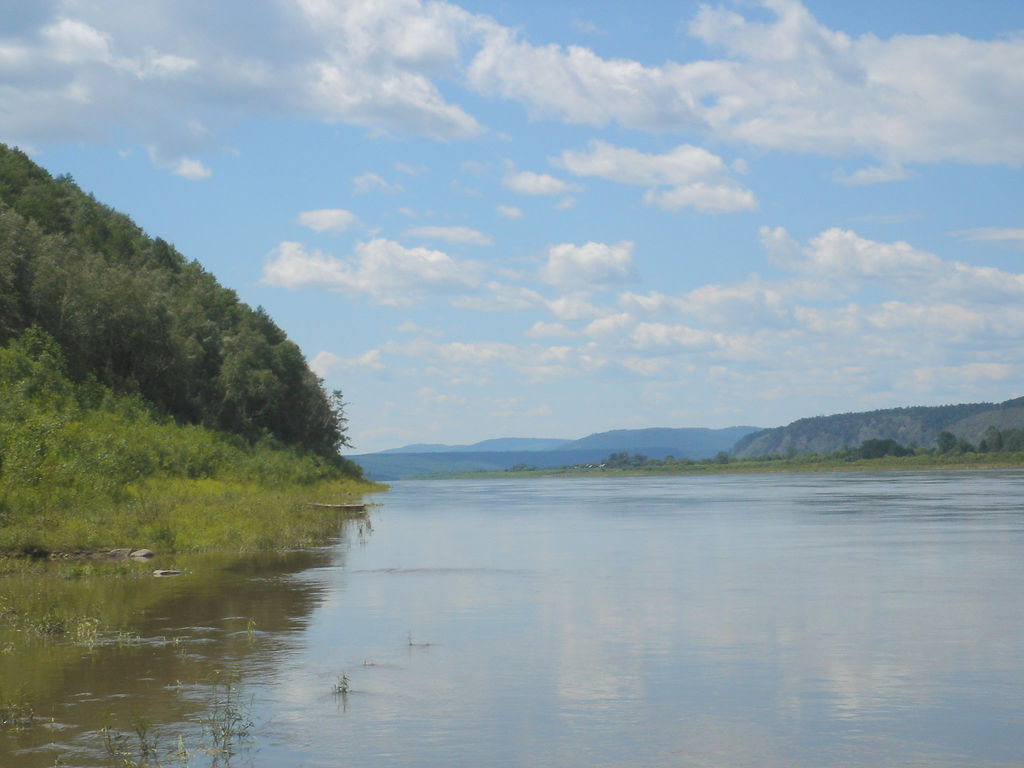
The Amur-Argun river system, measuring 4,444 kilometers, flows along the border between northeastern China and Russia. Originating from the Argun River in northeastern China, it merges with the Shilka River to form the Amur, which flows eastward to the Sea of Okhotsk. The river serves as a natural boundary and is a critical water source for agriculture and fishing in both countries. Its basin supports diverse species, including the endangered Amur tiger and Amur leopard. The Amur River has significant cultural and economic importance for the indigenous communities and populations along its course.




